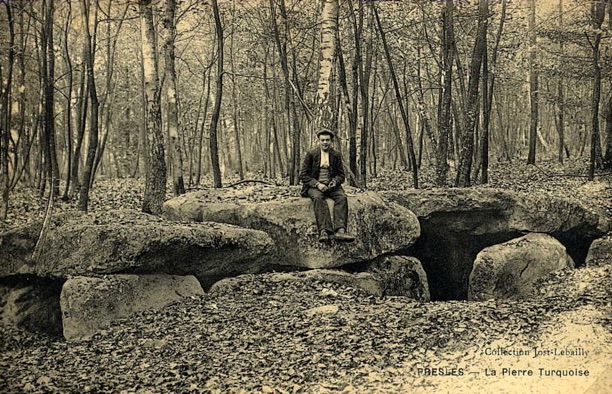

Sudan joins other Arab states in agreeing to take steps to normalise ties with Israel in a U.S.-brokered deal. Transitional authorities strike a peace agreement with some rebel groups from the restive, western Darfur region and from the southern regions of South Kordofan and Blue Nile, but two key groups don't join the deal. MaPrime Minister Hamdok survives an assassination attempt in Khartoum. official, is appointed to head a government.Ī court convicts Bashir on corruption charges and sentences him to two years of detention in a reform facility. Later in the month Abdalla Hamdok, an economist and former U.N. Opposition-linked medics say more than 100 people were killed in the assault.Ĭivilian groups that backed the uprising sign a deal to share power with the military during a transitional period leading to elections.

Republished courtesy of University of Huddersfield.JSecurity forces raid a sit-in protest outside the defence ministry in Khartoum. “The impact of this dramatic change in population, resulting from a brutal political decision hundreds of years ago, can finally be witnessed directly using ancient DNA, as seen here in the ancestry of the ‘Segorbe Giant’ and his contemporaries," said Silva, who now works at London’s Francis Crick Institute.Īn article detailing the research and its findings has been published in the journal Scientific Reports titled, Biomolecular insights into North African-related ancestry, mobility and diet in eleventh-century Al-Andalus. “The decree of expulsion of Moriscos from the Valencia region, that is, Muslims who had already been forcibly converted to Christianity, was followed by the resettlement by people from further north, who had little North African ancestry, thereby transforming the genetic variation in the region," he said. This can be explained by the changing political situation following the Christian reconquest of Spain says Oteo-Garcia. What was especially striking revealed Martin Richards, Director of the University’s Evolutionary Genomics Research Centre, was that he was very unlike modern people from Valencia, who carry little or none of his Berber genetic heritage. He therefore belonged to a settled community that had thoroughly intermixed local Spanish and immigrant North African ancestry. His genome-wide ancestry showed that he also carried a significant amount-likely more than half-of local Spanish ancestry in his chromosomes. Moreover, stable isotope analyses suggested that he most likely grew up locally meaning the “giant’s” Berber ancestry was in fact due to migration from an earlier generation. The male and female lines of descent account for only a small fraction of our overall ancestry-that from our father’s father’s father and our mother’s mother’s mother, and so on. This suggested that his recent ancestry was indeed amongst the newly Islamicised Berber populations of medieval Northwest Africa.īut a more detailed examination revealed a more complex situation. They found that the “giant” carried highly specific North African genetic lineages on both his male and female lines of descent-the Y-chromosome and the mitochondrial DNA-the oldest individual known to have this particular pattern of ancestry. The ancient DNA analysis was carried out by Marina Silva and Gonzalo Oteo-Garcia, who had been working on the university’s doctoral scholarship program in evolutionary genomics.

Most of Spain had been progressively conquered by Arabs and Berbers from Northwest Africa from the eighth century onwards, creating one of the major centres of medieval European civilisation. His skeleton had suggested that he might have some African ancestry. The individual, who was discovered in an eleventh century Islamic necropolis from the city of Segorbe, near Valencia in Spain, is known to local archaeologists as the "Segorbe Giant" because of his unusual height. An international research team led by the University of Huddersfield's Archaeogenetics Research Group, including geneticists, archaeological scientists, and archaeologists, has published the genome sequence of a unique individual from Islamic medieval Spain-al-Andalus- the results of which have shed light on a brutal event that took place in medieval Spain.


 0 kommentar(er)
0 kommentar(er)
